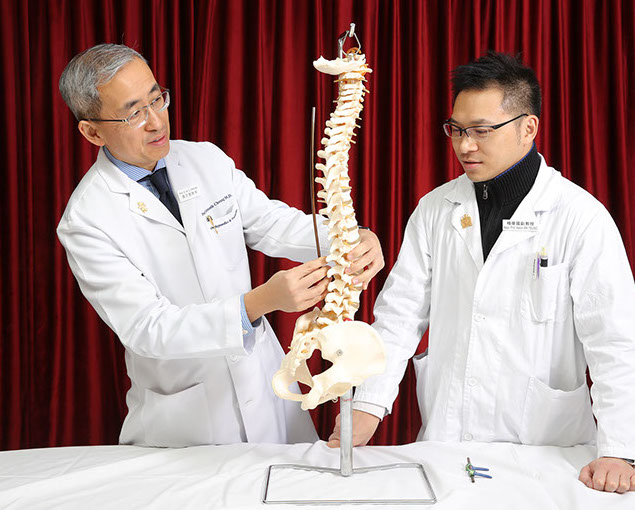
The spinal rod, made of a shape-memory alloy material, can deform inside the patient and exert a continuous force on the spine until it gets straight.
A START-UP WITH BACKBONE
The Department of Orthopaedics and Traumatology has developed new shape-shifting rods that offer a gentler option for correcting curvature of the spine.

Curvature of the spine, or scoliosis, affects up to four per cent of adolescents worldwide. While most cases are mild, in severe cases it can compress the lungs and internal organs and even shorten young lives. Surgery can help but it involves a tricky process of screwing rods into the spine and yanking the backbone into shape. Professor Kenneth Cheung Man-chee, Jessie Ho Professor in Spine Surgery, wondered, can this be done better?
“What we do now is pull the spine to align it with the two straight rods. I liken it to tying a bent tree to a post to support it. It works great in that the spine doesn’t curve anymore but the spine is a little bit stiff because of the rods,” he said.
“The problem is that if we pull too hard, it’s dangerous – there’s a spinal cord inside and you can paralyse the patient, or the screws could pull out and so on. But if we don’t pull hard enough, we don’t correct as much as we could. So it’s a fine balance between pulling too hard and not pulling hard enough.”
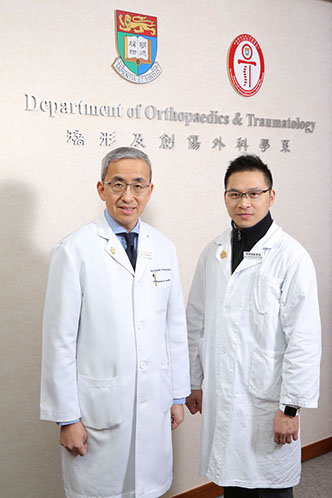
Professor Kenneth Cheung (left) and Dr Kelvin Yeung (right).
In the late 1990s Professor Cheung met
Dr Jonathan Chung, a materials scientist from City University of Hong Kong who was working on a shape-memory alloy material that could change form. When cooled it could be bent but when warmed it returned to its original shape – and because it was super-elastic it always returned to the same shape no matter how much force had been used in bending it.
Professor Cheung saw the potential for use in the human body. “The thing about scoliosis in patients, some have small curves and others have big curves. Whenever we put something inside the patient we want it to be predictable. We decided to try to develop a spinal rod made of the shape-memory alloy that can deform inside the patient and exert a continuous force on the spine until it gets straight.”
One of Dr Chung’s promising undergraduate students, Dr Kelvin Yeung Wai-kwok, joined the Department of Orthopaedics and Traumatology as a research student and began work to develop such a spinal rod (he is now Associate Professor). After much trial and error, they now have a viable product and a start-up to support it, OrthoSmart Limited.
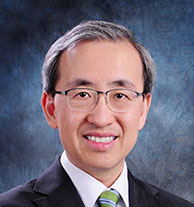
![]() Current techniques are by brute force. This rod uses finesse, slowly, gently persuading the spine to straighten. If it becomes successful it will radically change the way we manage scoliosis patients.
Current techniques are by brute force. This rod uses finesse, slowly, gently persuading the spine to straighten. If it becomes successful it will radically change the way we manage scoliosis patients. ![]()
Professor Kenneth Cheung
Magic rod
The rod has been trained to bend at around 10 to 15 degrees Celsius, so it can be manoeuvred into the body, but then to gradually revert to a straight shape at 37 degrees Celsius, the human body temperature. The slow rate of straightening means the body can adjust. “We call this a magic rod,”
Dr Yeung said.
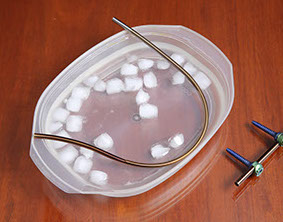
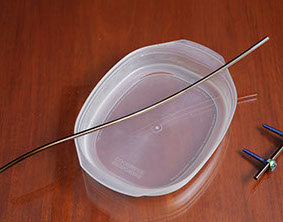
The spinal rod is made of a shape-memory alloy material that can change form. When cooled it can be bent (left) but when warmed it returns to its original shape (right).
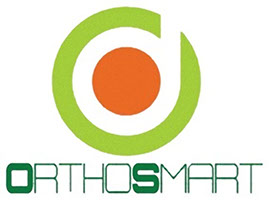
OrthoSmart Limited was established in 2014 to translate research findings to clinical use.
The rod has been tested in the laboratory, in animals and in a clinical trial in Hong Kong involving 22 patients, half of whom were implanted with the rod. The patients were followed up for five years afterwards – against the standard for clinical trials of two years – and are all doing well. “We have gone longer to make sure that everything is safe. You don’t want to experiment in patients in a reckless way,” Professor Cheung said.
The next step is to take the rod to the commercial stage. OrthoSmart Limited has received funding under the TSSSU@HKU scheme and also has a business adviser,
Dr Johnson Lau, an HKU alumnus who was previously a professor of medicine in the US and worked in the pharmaceutical industry there.
They have their sights set on the Mainland China market, but first there will be a multi-centre clinical trial there, which will also involve manufacturing the rods in China. Most of the funding has been secured and both men are keen to press ahead so this device can become available to those in need.
“China is a big place and it has a lot of patients who need surgery. We want to use the results from there to prove to the rest of the world that this is a good technique and that it can achieve better correction,” Professor Cheung said. “Current techniques are by brute force. This rod uses finesse, slowly, gently persuading the spine to straighten. If it becomes successful it will radically change the way we manage scoliosis patients.”
Separately, the Department of Orthopaedics
and Traumatology has also recently joined a collaborative project with experts from
Canada, the United States, France, Japan
and Singapore to study a new predictive model for adolescent idiopathic scoliosis, that would identify and treat patients early on – perhaps with the magic rod – so as to prevent the disease from progressing.

